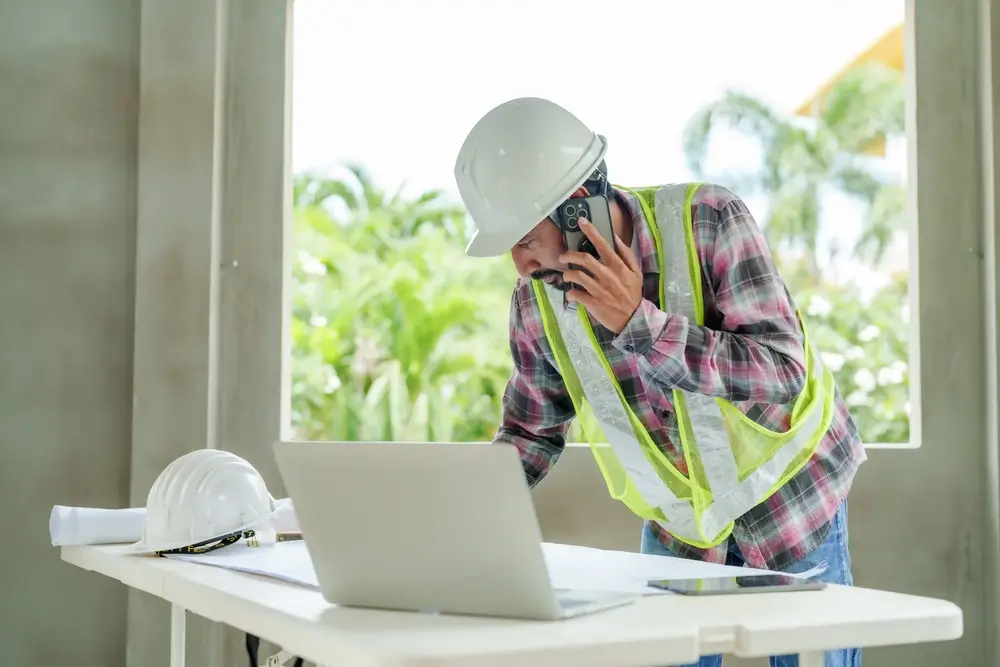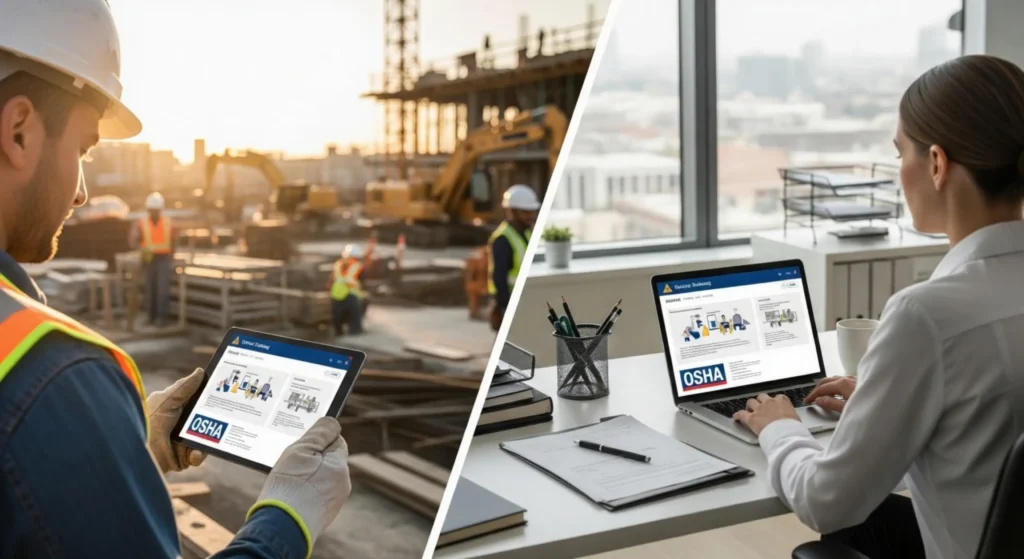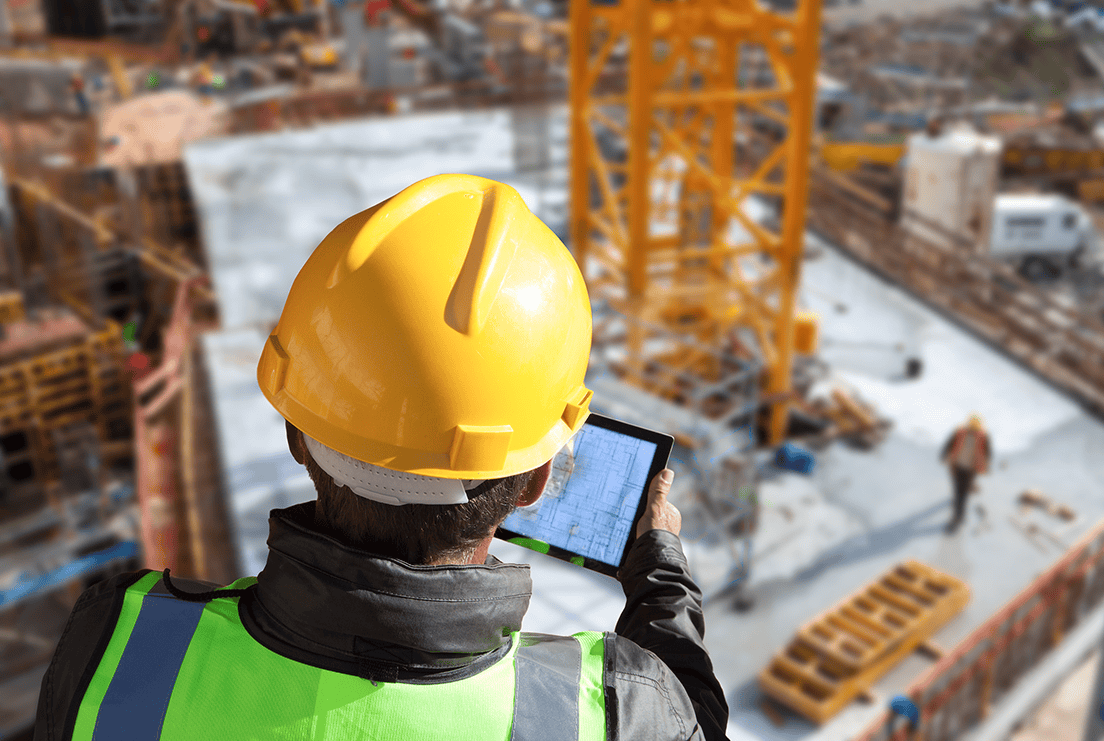9 Innovations in Construction Safety
Due to advent of technology, employers can guarantee the safety of their employees by using a variety of innovative strategies. While workplace hazards aren’t a modern problem, their solutions can very well be found in modern technologies.
In this article, we will discuss the best innovations in construction safety and shed light on how Artificial Intelligence, Virtual Reality and other similar technologies can help in creating secure workplaces.
Let’s dig in.
1. Preserve the Well Being of Your Employees with Tech
Workers of today have different needs. As an employer, you will have to acknowledge the individual differences of your employees so you can provide solutions to their problems.
Most importantly, you must provide your employees security by creating a protected environment. Modern technology will make all this possible for you.
2. IoT technology
IoT technology plays a major role in safeguarding workers by monitoring the equipment conditions. In our context, sensors can be mindfully positioned all over the workplace so they gather information about the environment and equipment performance.
Sensors can monitor temperature, humidity, air quality, machine status, and other work-related factors. They detect an unusual pattern and notify your employees to protect themselves against potential damages.
You can also connect your workplace machinery and devices to the internet and gather real time information with IoT tech.
3. 3D Visualization
3D visualization is one of the innovations in construction safety that can help your employees plan complex tasks by copying the working environment digitally. They can map out potential dangers in a secluded area, understand disaster scenes, and plan rescue operations to avoid emergencies.
Through this technology, your employees can improve their performance. 3D visualization technology can also be used for the safety training of your team.
4. Wearing Technology
In 2019 and 2020, around £18.8 billion was spent on workplace injuries in the UK.
Helmets and vests are traditional protective gear and almost 40% use apps and wearables to track their health.
Wearable technological devices have sensors and communication capabilities that allow them to gather and communicate useful information. These immediately notify your employees of a potential hazard.
For example, built-in GPS tracking can be used to track your employees in remote locations. Environments are often unstable, these wearables will alert your employees to possible weather and temperature changes so they can plan ahead
5. Drones
By 2025, the drone market is projected to grow to $63.6 billion. Drones are new tools for monitoring your workplace progress and environment. Video feeds are better produced in real-time feedback.
Drones can cover areas quickly and identify problems in a timely manner. This rapid inspection allows employees to respond faster and reduces downtime.

Drones can also protect your employees from bodily injury and health problems.
Additionally, high-quality data and images can be collected without putting your employees at risk from potential hazards such as falls, dangerous objects, or unstable structures
Most importantly, drones can reach areas beyond the reach of humans. Your employees can now inspect tall buildings and confined spaces with minimal damage.
6. Health Applications
The health apps have artificial vision systems to detect an increase in body temperature and heart rate. They also automatically create a suitable and manageable work routine for your employees to prevent stress and exertion.
You will be surprised to know that these apps identify the emotions of your employees as well. Research shows that happy workers have improved productivity and reduced absenteeism rates.
You can also check out the “Workers Health” available on the Google Play Store to witness how it responsibly monitors and facilitates the management of workers’ health.
The data received from such apps can help you determine the capacity of your workers and assign tasks more efficiently so they aren’t overworked.
7. Workplace Safety Reporting Software
Prompt and effective communication is paramount in safeguarding both your employees and organisation from potential losses, especially in the construction sector.
Thanks to technology, you now have access to safety reporting software that can empower your employees to efficiently manage their work and mitigate risks. This approach aligns seamlessly with the principles of clear and timely communication for the safety and success of all.
It will also save time and reduce reporting time as reporting becomes electronic, and your employees won’t have to run a distance to notify the concerned department about an emergency.
8. Online OSHA Courses
Things are constantly changing in the construction sector and both the employees and the employers are working hard to ensure workplace safety. There is no better innovation than OSHA courses both for the employees and the employers.
There are two programs available which are called OSHA 10-Hour construction program and OSHA 30-Hour construction program. The first one is for the employees and the second is for the employers. In these courses workers and employers can learn the ground rules to ensure workplace safety in the construction sector.
9. Employees and Employers Collaboration
Fortunately now we see good collaboration and communication between employees and employers in the construction sector and that is the best innovation in 2003 so far.
Conclusion
Innovative technologies are revolutionary to ensure the safety and health of your workers. By investing in these innovative gadgets, you will convey a very powerful message that you value your employees and their well-being is your company’s priority.
Taking care of your employees will not only give them a sense of belongingness and confidence but will also create a solid and credible image of your company in the public eye. Innovations in construction safety may be a little expensive, but investing in them is worthwhile because it ensures the safety of your most precious asset, your employees.
Related Posts

Workplace Safety Survey: What 500 U.S. Workers Revealed

Top Technologies Transforming Workplace Safety in 2025



